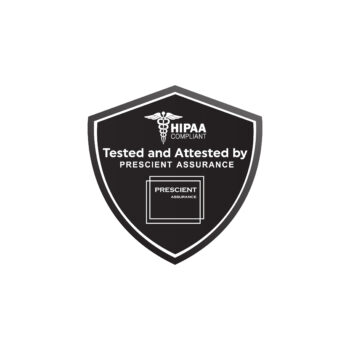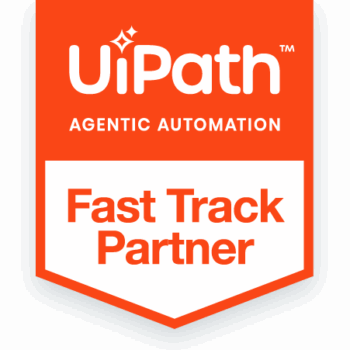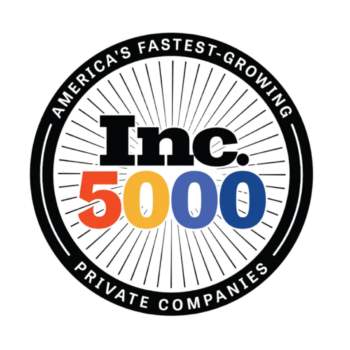In a previous post I asked the question “What is RPA (really)?” which in essence describes the technical nuts and bolts behind RPA in 2018. I would like to take it a step further and explain what makes RPA so powerful today. Technology is now in place to achieve wide spread adoption and use.
I equate this time period in RPA’s lifecycle to the year 1993.
This was a time when the internet had just become something you could navigate via a web browser. Contrary to popular belief, the internet was not “invented” in the 1990’s, in fact its earliest incarnations originate back to the 1950’s as early stage wide area network tool. It picked up speed in the late 1960’s and early 70’s as a way in which universities could connect with each other. In the 80’s, Tim Berners-Lee did some research which resulted in the World Wide Web, linking hypertext(html) to an information system. The Mosaic web browser was the first widely available web client that allowed a user to navigate the internet without the use of a telnet session. Even with this new functionality very few companies had a home page or an internet strategy. Large companies both Fortune 500 and media conglomerates dominated the internet with very few small to medium size companies taking part.
Today in 2018, RPA is in a similar period. Based on the Auxis 2018 RPA Survey, the level of RPA adoption increases as companies get larger in size. The reasons for this are similar to the early stages of the “modern internet.” The two leading factors seem to be, a lack of awareness about what RPA actually is and a minimal understanding of how it can help companies and people. It’s not surprising since as a rule, smaller companies are more risk adverse to taking on emerging technologies.
Similar to how the Internet went through a platform progression, RPA went through an evolution within these past years too.
Companies like UiPath and others have greatly improved the “Computer Vision” aspects of their technology to a point where the reliability of basic functions (i.e. clicking, reading and typing text) are something you can count on to work close to 100% of the time. They have added robust features to address desktop resolution and other environment related issues. Moreover, the platform is so open that a developer can easily create their own custom activities. Therefore they can address areas where the product falls short. Another major plus is the large development community which can further augment any short comings of the product. Having worked with RPA for a while, this is invaluable and one of the major reasons the technology is moving forward.
The other major shift in RPA is that it’s no longer just a single machine/robot “back-office” solution.
The advent of cloud-based server applications like UiPath’s Orchestrator now allow an administrator to manage as many robots as needed. It also provides a caveat of features (i.e. Scheduling, Asset Management, Robot status, Job management etc.), which make the scaling of the technology far easier and realistic. One of the most exciting features is the concept of the data queue. The queue makes large data jobs (i.e. migrations) an elementary exercise. For example, if you had 10 robots inputting large amounts of data into an application (i.e. 50K records), the process would start by putting those data records in the queue. Each robot is then served the data that the queue determines it should have as it processes its work. This ensures that there are no duplicates in the data entry process and all records are inputted in a timely manner spread out across multiple machines. It’s truly a scalable solution in the sense you can exponentially add robots and data records based on the size of the job.
The other exciting thing about cloud-based RPA is the ability to manage front office robots. Those that are “attended” and can work hand in hand with humans. This brings the vision of a “robot for every person” closer to reality. RPA has come a long way from the days of scripting green screens. With today’s new tools and reliability we will soon enter a world where many robots will make light work.
Peter S Camp is the CTO and Founder of CampTek Software. He has been developing RPA Applications for over 15 years. For further questions, discussion or inquiry about CampTek Software Services, contact info@campteksoftware.com




